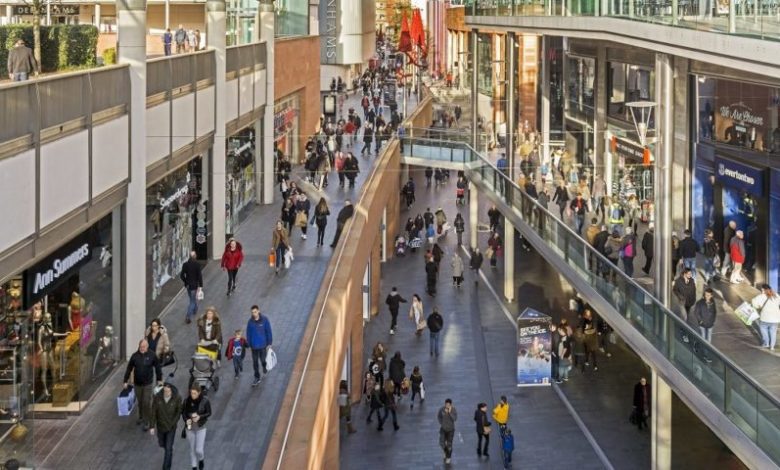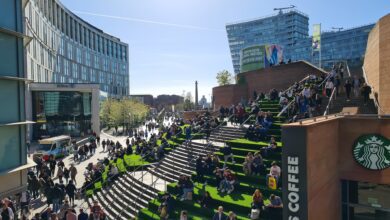Top 3 reasons retailers might struggle to maintain footfall

In today’s competitive retail environment, driving footfall remains the bedrock of any successful brick-and-mortar store.

Join 15,000 retail professionals with a membership
Get unlimited access and stay in the know. First-year special offer pricing. Cancel any time.
You have read 2/2 free articles this month.

How many members should have access to the subscription?
Monthly
Yearly
Save £9.89
No, thanks
I already have an account

In today’s competitive retail environment, driving footfall remains the bedrock of any successful brick-and-mortar store.

